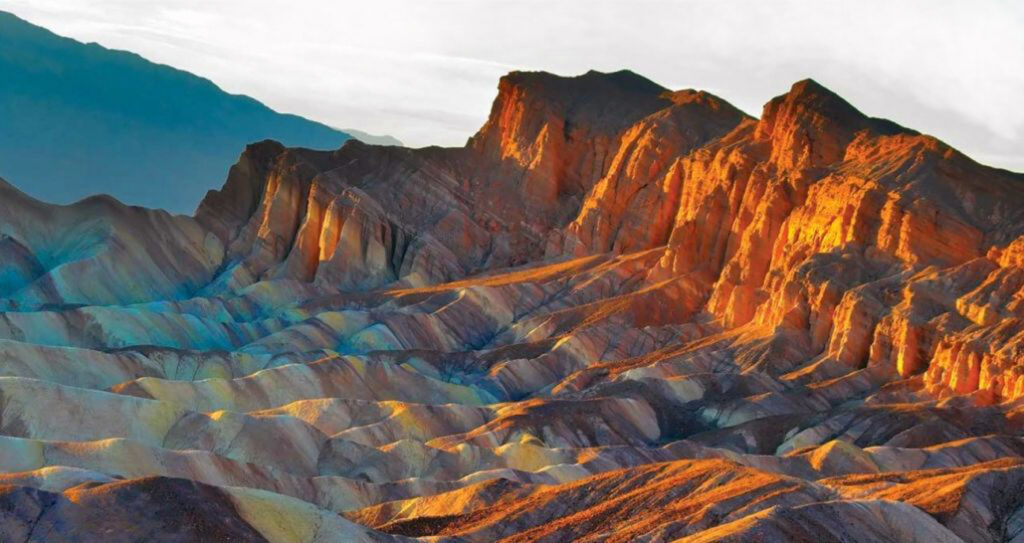



The Timbisha Shoshone tribe, native to the Death Valley area, holds a fascinating heritage, steeped in tradition and a profound understanding of their environment. They have called this arid, formidable landscape their home for over a thousand years and continue to inhabit it today. The tribe’s name, Timbisha, which translates to ‘rock paint,’ embodies an essential part of their culture. The red ochre paint, crucial to various tribal ceremonies and traditions, is meticulously produced from clay sourced from their traditional homelands.
A key component of the Timbisha Shoshone tribe’s rich heritage is the unique tradition known as the ‘Salt Song Trail.’ This sequence of songs and narrations is a living testament to their cultural landscape, history, and the spiritual journey of their ancestors after death. The Salt Song Trail serves as a profound demonstration of their spirituality and deep-rooted connection to their lands. Each melody and story unfolds a layer of their complex relationship with the desert surroundings, contributing to a rich tapestry of cultural expression.
The tribe’s in-depth knowledge of their environment is evident in their sustainable lifestyle, particularly their food practices. The Timbisha Shoshone people have skillfully adapted to the harsh desert conditions, turning the seemingly inhospitable environment to their advantage. A noteworthy example of their resourcefulness is their use of mesquite trees. The beans harvested from these trees were ground into nutritious flour, providing a vital and sustainable food source in the stark desert environment. Additionally, the tribe traditionally relied on pinon nuts as a significant food source, gathering and storing them for use during the harsh winter months. These dietary habits highlight the tribe’s intricate understanding of their environment and their adaptive skills.
Beyond their resourcefulness and connection with the land, the Timbisha Shoshone people hold a rich oral history tradition. Generation after generation, elders have narrated myths, legends, and historical accounts, passing down vital cultural and historical lessons through the ages. This oral tradition forms a significant part of their cultural heritage, as it keeps their history alive, fostering a continuous bond with their ancestry and the land they have inhabited for centuries.
In understanding the Timbisha Shoshone tribe, one encounters a vivid tapestry of cultural heritage, spiritual connectivity, sustainable living, and oral tradition, all underpinned by an intricate relationship with the desert environment of Death Valley. Their history and practices serve as a compelling narrative of resilience, adaptability, and a deep spiritual connection to the land.
